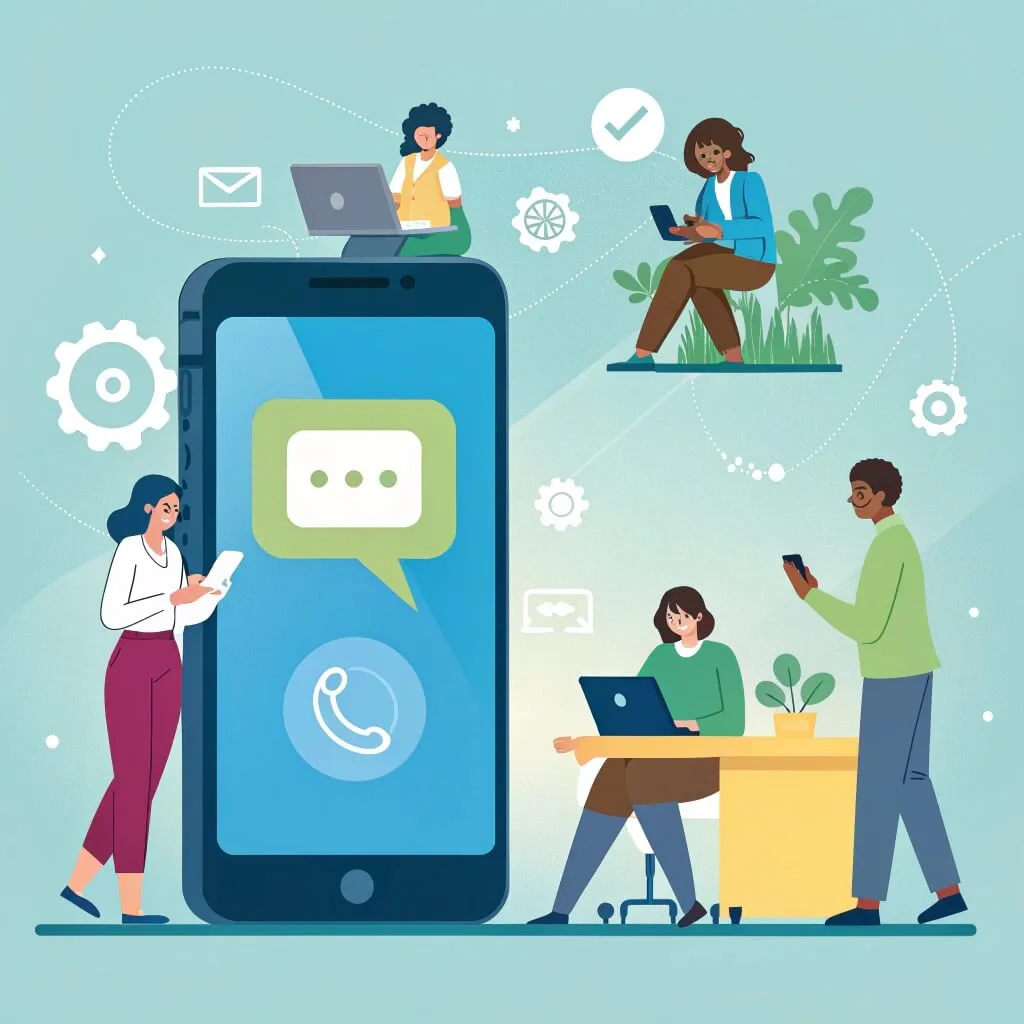In an ever-evolving digital landscape, nonprofits are constantly seeking innovative ways to connect with their supporters, volunteers, and communities. Texting software has emerged as a crucial tool in facilitating these connections by offering immediacy and convenience. For organizations with limited resources, the benefits of such technology are particularly significant. These tools simplify communication processes, improve outreach, and help organizations operate more efficiently. Below, we delve into the multifaceted advantages that texting software brings to nonprofits.
Organizing Volunteer Activities with Texting Software Efficiencies

Texting software for nonprofits makes volunteer coordination easier by streamlining scheduling, reminders, and real-time updates. This ensures shifts run smoothly, respects volunteers’ time, and keeps them engaged with the organization. Quick communication also helps address last-minute changes or urgent needs without disrupting operations.
Beyond logistics, texting software fosters a strong volunteer community by enabling updates, sharing success stories, and maintaining connections even when volunteers are off-site. Automation features also reduce the staff’s workload by handling confirmations and reminders, allowing them to focus on more impactful tasks.
The Role of Texting Software in Enhancing Nonprofit Communication
Nonprofit organizations rely on effective communication for community engagement and support. Texting software streamlines this process, allowing real-time interaction with stakeholders. It allows nonprofits to tailor messages for volunteer updates, event promotions, or donation drives, strengthening the recipient’s connection to the nonprofit’s mission. This personal touch is crucial for building long-term relationships with supporters.
Texting software also offers multimedia messaging capabilities, allowing nonprofits to enhance storytelling with images, videos, and links to further information or donation pages. This approach can lead to more engaging campaigns that capture the nonprofit’s work and needs. Texting software incorporates data analytics, providing nonprofits with real-time adjustments and optimizing messaging for better outcomes. This data-driven approach ensures successful and resource-efficient communication efforts.
Streamlining Donor Engagement Through Text Messaging Solutions
Text messaging solutions are crucial for nonprofits to engage donors and maintain sustainability. They offer a direct line to donors, facilitating immediate and personal interactions, especially during fundraising campaigns. Text-to-give campaigns have simplified the donation process, leading to increased contribution frequency and amounts. Texting software also helps maintain ongoing dialogue with donors, sharing updates about their contributions’ impact and reinforcing the importance of continued support.
Stewardship is key, and texting software aids in acknowledging donations, celebrating milestones, and thanking donors. This keeps donors informed and appreciated, encouraging a culture of giving and allegiance to a cause. Text messaging solutions are essential for nonprofits to effectively engage donors and foster a strong donor community.
Achieving Cost-Effectiveness in Nonprofit Outreach via SMS Technology

Nonprofits often face limited budgets, so they must carefully evaluate the return on investment for technology they implement. SMS technology is cost-effective compared to other forms of communication, such as direct mail or phone calls, as it directly reaches supporters without requiring extensive physical resources.
Texting software offers a broad reach, with high open rates, ensuring the nonprofit’s message is seen without the costs of traditional media or advertising. Scalability is another financial benefit, allowing nonprofits to start with small campaigns and grow as their needs and budgets expand. SMS technology also saves costs for human resources, allowing them to focus on more impactful activities rather than manual messaging tasks.
Overcoming the Challenges: Ensuring Privacy and Compliance in Nonprofit Text Campaigns
Nonprofits can benefit from texting software but face challenges such as privacy and compliance issues, data security, and transparency. They must navigate regulations like the TCPA and local requirements to maintain public trust and avoid legal repercussions. Choosing robust security features is crucial for responsible stewardship of personal data.
Transparency with supporters about data use is essential for building trust. Researching reputable providers and implementing a proactive compliance strategy ensures nonprofits can use texting software without violating legal or moral obligations.
Altogether, the integration of texting software into nonprofit communication strategies presents a compelling case for enhancing interaction, engagement, and operations. Clean implementation and a focus on compliance and privacy further solidify its place as an invaluable asset for organizational success.

